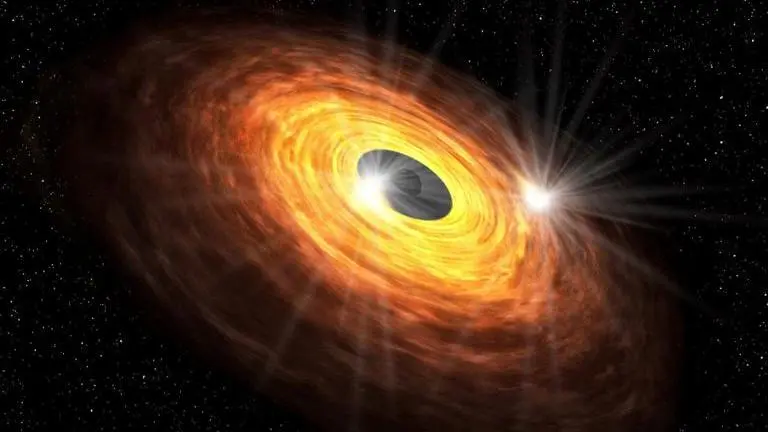Updated 26 May 2020 at 16:10 IST
Black hole in the centre of milky way may be 'flickering': Research
The black hole detected in the centre of the Milky Way has been the subject of interest for astronomers and now they found evidence that it may be 'flickering'
- Science News
- 2 min read

The black hole detected in the centre of the Milky Way, called Sagittarius A*, has been the subject of interest for astronomers and recently scientists found evidence that the massive hole may be flickering. According to a study published in The Astrophysical Journal Letters, the astronomers studied the black hole using ALMA (Atacama Large Millimeter/submillimeter Array), an extremely powerful telescope. After looking closely, the scientists saw the massive black hole, which is said to be four times bigger than the Sun, “flickering”.
A team of Japanese researchers studied the Sagittarius A* and said that they obtained high-quality data of radio-wave intensity variations fro 10 days, 70 minutes per day. Tomoharu Oka, a co-author of the study said that the emission double is related with some ‘exotic phenomena’ occurring at the very vicinity of the supermassive black hole. The researchers suspect that the activity may have something to do with the black hole’s accretion disk.
The scientist also added that a black hole is essentially invisible to telescopes. The noted that the dense, dark Goliaths don't emit any detectable form of light because their gravitational pull is so exceptional light cannot escape. However, the astronomers were able to detect the hot gas that orbits around black holes, trapped by their gravity.
Advertisement
‘Flickering’ could help find more about black hole
Furthermore, the team added that the “flickering” could help them find more about how the black hole behaves and how gas is accreting around its centre. They, however, also claimed that the blinking motion is too fast to be capture in photographs.
Advertisement
Meanwhile, black holes are one such mysterious phenomenon that has always captured the imagination of scientists all over the world. From Albert Einstien to Stephen Hawkings, black holes have never failed to amaze scientists opening gates for further research. The first image of a black hole was published in April 2019 following observations made by the Event Horizon Telescope in 2017 of the supermassive black hole in Messier 87's galactic centre.
(Image: @fcain/Twitter)
Published By : Bhavya Sukheja
Published On: 26 May 2020 at 16:10 IST
